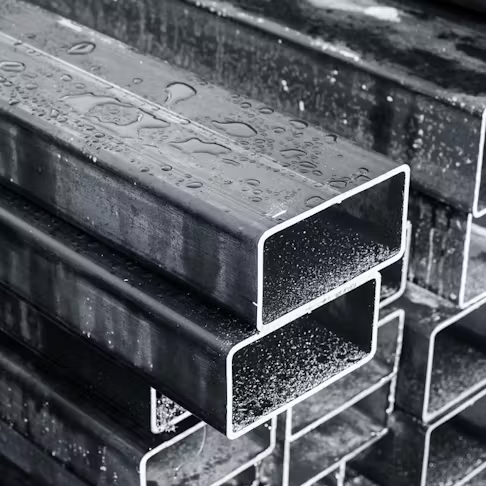India–US Trade Tensions Rise Over Steel and Auto Tariffs NMDC Limited reports a 38% drop in Q4 FY24 consolidated net profit RINL to Raise $23 Million Through Land Sales Amid Crisis

China is falling short when it comes to decarbonising its huge steel industry, with slowing demand, low recycling rates and lingering overcapacity concerns hindering the transition towards lower-emission production. The global steel industry is responsible for around 8% of the world's carbon dioxide (CO2) emissions, and more than half of all production takes place in China.
But while China has promised to take action to tackle emissions from the sector, it is lagging on targets to replace coal-fired blast furnaces with cleaner electric arc furnace (EAF) technology, which uses recycled scrap rather than iron ore as a raw material. Beijing set a goal to produce 15% of its crude steel using the EAF route by 2025, and to raise the share to 20% by the end of the decade.
But the share of EAF-produced steel stood at just 10% last year, inching up from 9.7% a year earlier, according to David Cachot, research director at consultancy Wood Mackenzie. China's existing EAF capacity of around 150 million metric tonnes would be enough to meet the 15% target, but utilisation rates have remained low, US think tank Global Energy Monitor (GEM) said in a report published on Tuesday.
While China's 15% target is considered to be relatively unambitious, it would still cut emissions from the Chinese steel sector by 8.7%, with CO2 per tonne around 38% lower than conventional blast furnace products, GEM said. However, limited scrap supplies, declining steel demand and electricity supply restrictions have hurt the profitability of EAF facilities, said Jessie Zhi, co-author of the GEM report. Progress has also been held back by the construction of new blast furnace capacity.
Currently, most of China's steel scrap supplies are used by traditional blast furnaces. Some EAF facilities have been forced to turn to pig iron as a feedstock, making production more carbon intensive. Boosting scrap supply, or switching to hydrogen-based direct reduced iron (DRI) as an alternative feedstock, will be critical to the success of EAF in China.
DRI is a cleaner way of turning iron ore into iron, which can then be processed into pellets that can be used in EAF. "DRI cuts about 70-80% of the emissions but it depends if you can get enough of the iron ore pellets that go into the top of them. There is only a limited supply right now," said Chris Bataille, an expert in decarbonising "hard to abate" sectors at Columbia University.
Bataille said it was possible for China to produce three quarters of its total steel via EAF by 2050, once they have built the necessary infrastructure and the feedstock supplies. "Their immediate problem is what do they do with their excess capacity," he said.
Also Read : CISA mills’ daily steel output surge 0.81% in mid-May China’s Steel Mills Face Margin Drop as Demand Goes Weak